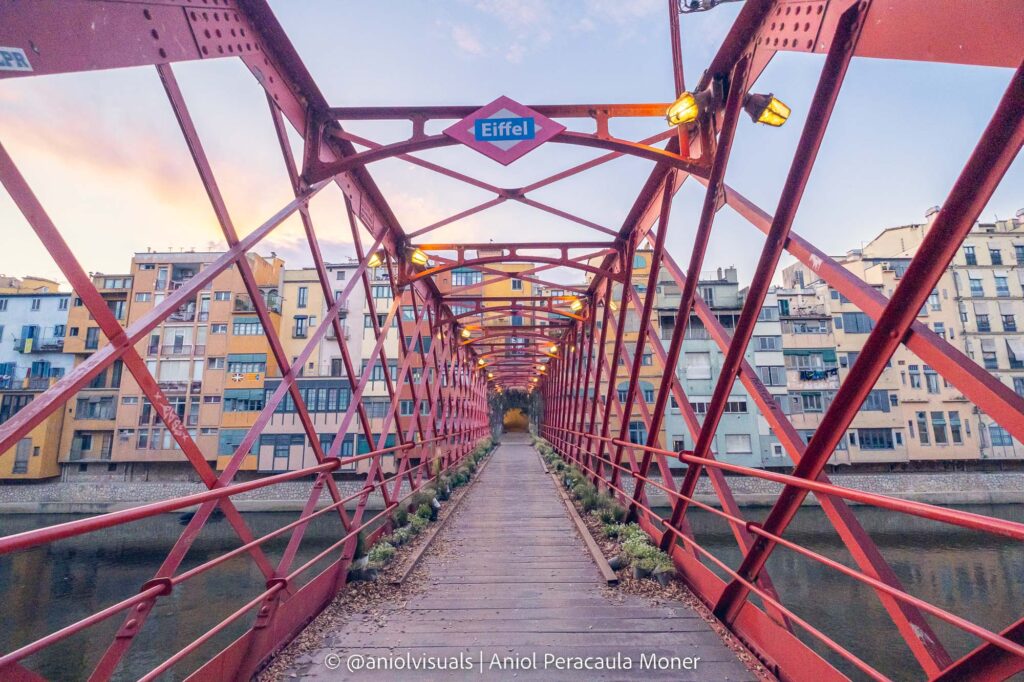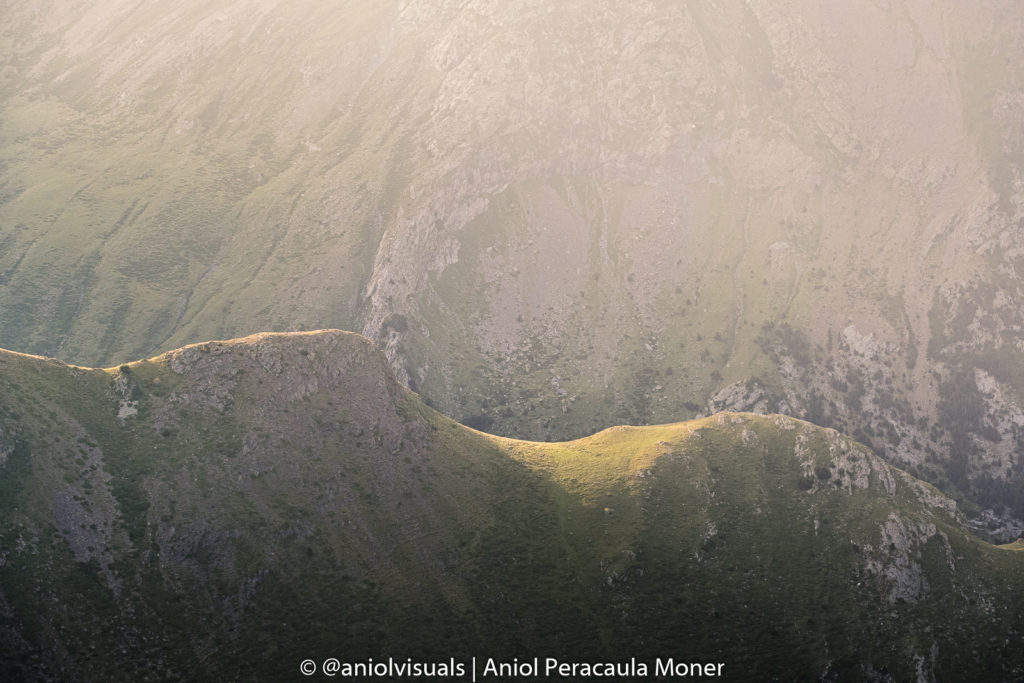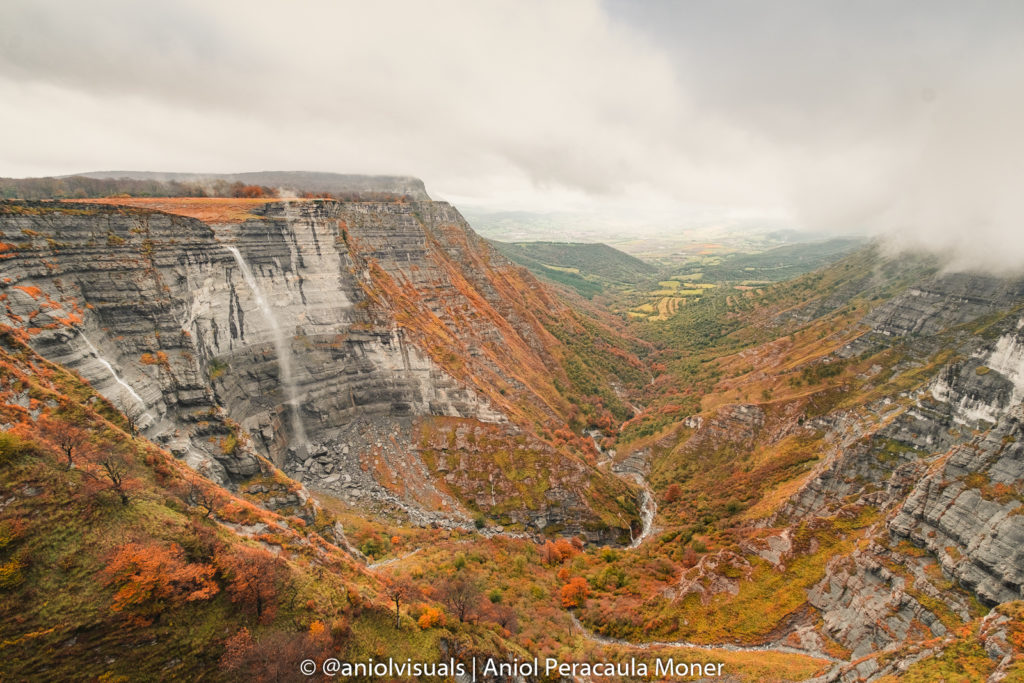Discover the wild Northern Spain coast and mountains, home to unique photography spots
Spain is much more than Barcelona, Madrid, and Seville. It is not the first time that I start with these words, but it is true.
One of the least famous parts of Spain for foreigners (although its popularity is raising) is the Northern Coast. With way less aggressive weather (mild summer and winters), this area is full of green lush forests and rocky wild beaches. By the Cantabrian Sea and with an endless offer of photography locations, Northern Spain is one of the best-kept secrets of Europe.
Do you want to improve your photography skills?
Get better at photography with my 20+ articles on how to become a better photographer.
If you are looking for adventure, breathtaking landscapes and seascapes, and fantastic gastronomy, don’t doubt it. Otherwise, if besides photography you are after sun, and white-sand beaches, choose the Mediterranean Coast with the world-famous Costa Brava.
However, if you made it here, it means that you like photography and you are considering a trip through Northern Spain. Just like I did. I spent 10 days traveling from the westernmost point of Spain in Galicia all the way to the Basque Country. A couple of the locations on this list were not included in the trip, as I live in Basque Country and I had already explored them. Yet, they deserve to be present here.
For listing purposes, I have divided the locations depending on the region they are in. Thus, from east to west, there is the Basque Country, Cantabria, Asturias, and Galicia. These are my 24+ top photography locations in Northern Spain.
Northern Spain photography guide: Basque Country
I could have left my favorite Northern Spain photography area for the last section of this article. However, I couldn’t resist starting with Basque Country. I have spent 2 years of my life exploring the Basque Country, and I am in love with it. I have never seen so many amazing photo locations in such a small area. Any photographer I know that has visited the Basque Country fell in love with it. This is just a summary of all you can photograph there.
Bilbao
The largest, most populated city of the Basque Country, and my home. You might think I am biased by adding it to this list, but not at all. Bilbao is such a beautiful city, with many photography spots.
Arguably, the Guggenheim museum is the most popular one, and it is a well-deserved title. Its architecture is something unique, and its location, by the estuary, is perfect for reflections and other creative shots. Explore my detailed photography guides of Bilbao and the Guggenheim museum!
Bilbao’s best photography spots
A photography guide to Basque Country’s largest city. Check it here!
Guggenheim Museum photography guide
Capture its unique architecture and features. Check it here!

San Juan de Gaztelugatxe
No guide to Northern Spain photography spots is complete without mentioning San Juan de Gaztelugatxe. Its popularity has skyrocketed since it was featured in Game of Thrones as Dragonstone.
What makes San Juan de Gaztelguatxe special? besides having a name annoyingly difficult to pronounce, it is something that I have never seen anywhere else in the world. A rocky island with a small church at the top connected to the mainland through a small stone bridge. No wonder why it was chosen as a location for GOT, right?
Discover the best San Juan de Gaztelugatxe viewpoints
Capture this natural wonder from 6 unique viewpoints. Check them here!
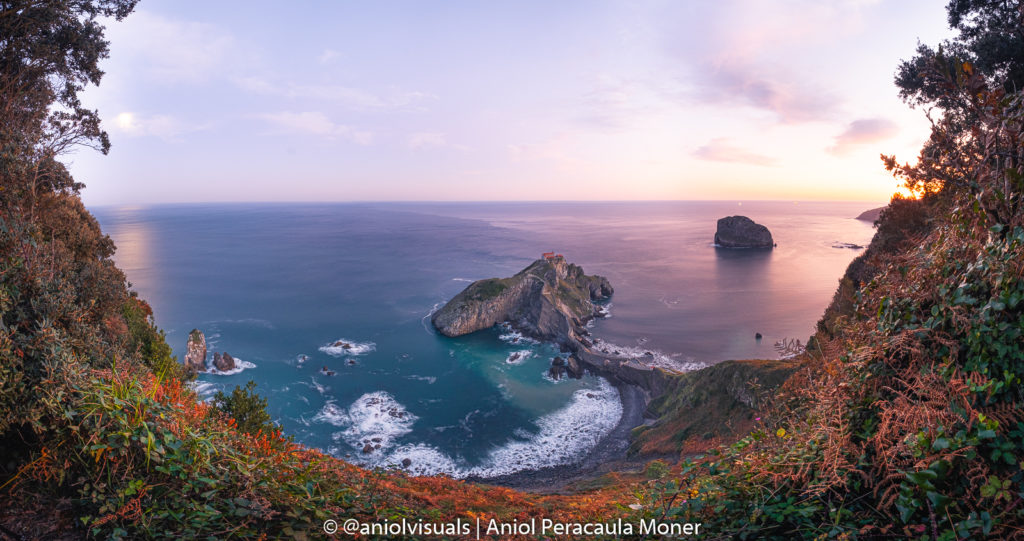
Barrika Beach
This is without any doubt the best beach to photograph Northern Spain. No matter when you visit, there will be photographers around. It is almost impossible to be alone, and it is easy to understand why. There are these rock formations known as Flysch, very characteristic of the Basque Country are best seen on this beach. They take the form of leading lines that get lost in the ocean and are perfect for photography.
The most famous part of flysch is the so-called dragon tail, which can be found just at the beginning of the beach. Getting to Barrika is very easy, as there is a massive parking lot, that gives direct access to the stairs that descend to the beach. There is a section of the stairs that are broken but it is still possible to get to the beach without any major problem.
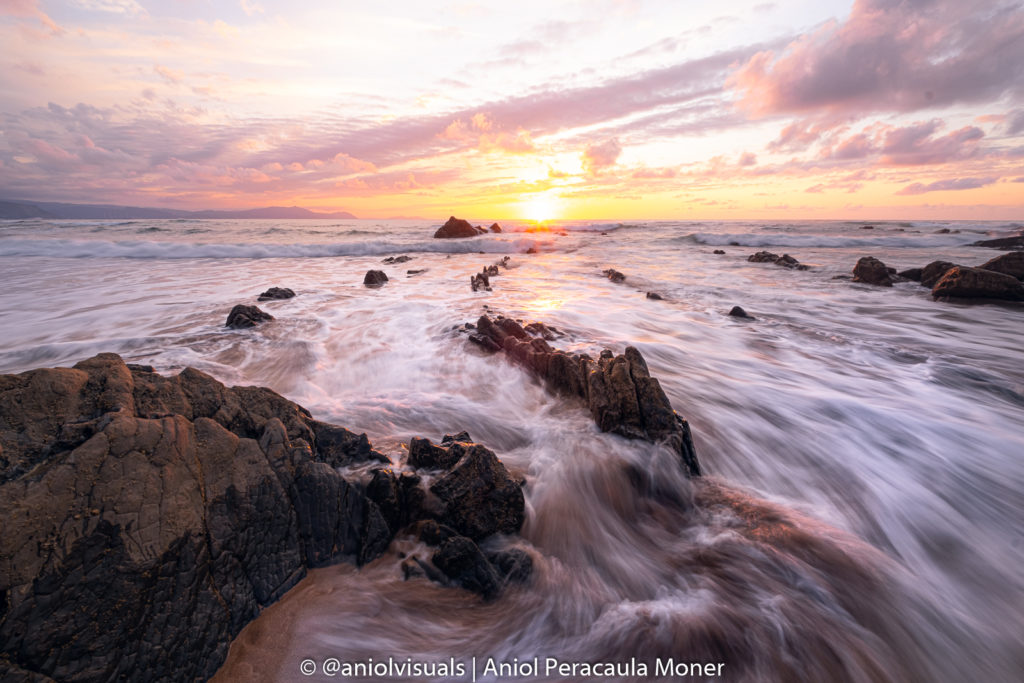
Otzarreta beech
The basque country is home to some iconic beeches, and its most famous one is the Otzarreta Beech. A small section of fewer than 300 meters becomes a fairytale location during the autumn months. The distinctive shape of the trees, the water stream that crosses it, and the first (or last) sunbeams illuminating the scene are perfect elements for photography.
It is worth visiting throughout the whole year, nonetheless, it is during autumn when it reaches its peak of beauty. Very easy to access, with a parking area just at the beginning of the path, it is one of those locations that are perfect for a sunrise or sunset without a lot of trouble to get to the location.
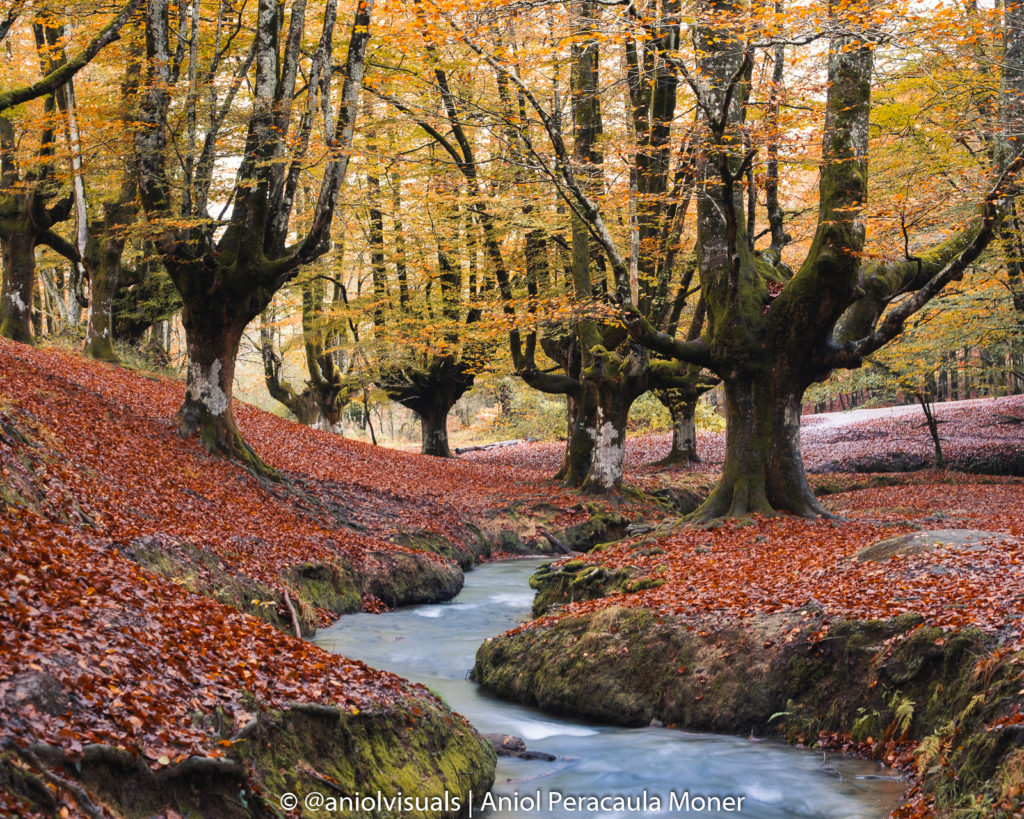
Basque country waterfalls
If Galicia is among the rainiest areas of Spain, it is because it competes with the Basque Country. Lots of rain means lots of waterfalls. And it means amazing photo locations. I have a dedicated article about waterfalls in the Basque Country, all of them are worth visiting, but maybe the most well-known (not the most beautiful one) is the Nervión Waterfall, the highest waterfall in Spain.
Perfect to visit after a rainy day, Nervión waterfall can be explored hiking any of these 3 routes, each of them with fantastic views over the impressive canyon where the waterfall is.
Waterfalls of the Basque Country
Discover the most beautiful and iconic waterfalls of Basque Country. Check them here!
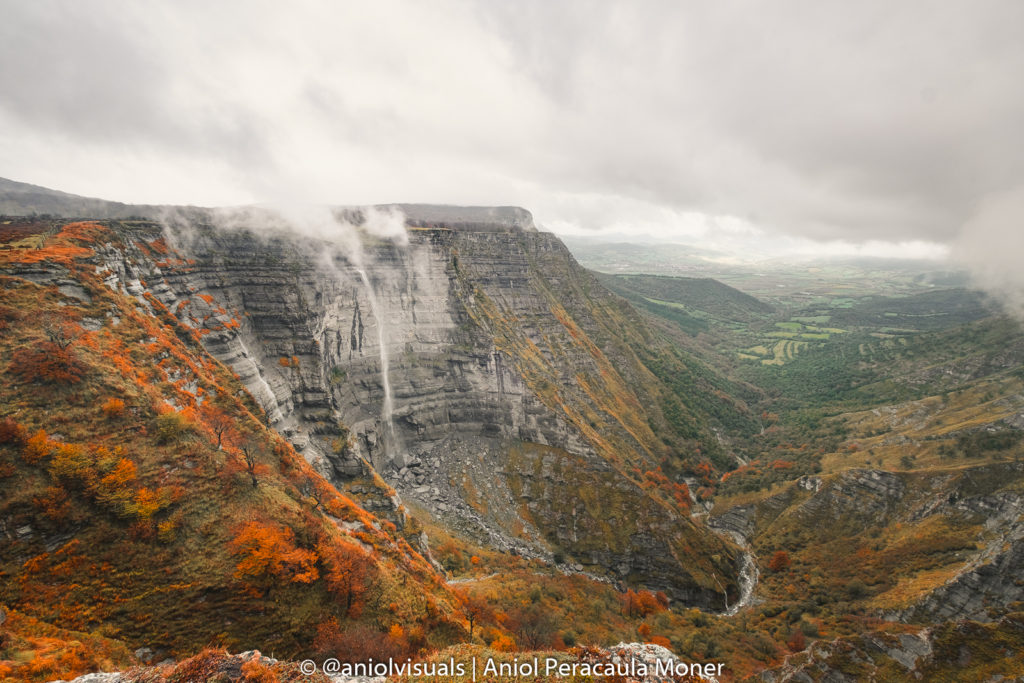
Northern Spain photography guide: Cantabria
Cantabria is one of the smallest Autonomous Communities in Spain. It borders Asturias at the west and the Basque Country at the east. Nonetheless, its coastal area is full of amazing photography spots and places worth visiting.
Urros de Liencres
The best way to show how amazing Cantabria is in terms of landscape photography is the so-called “broken coast” or Costa Quebrada. Unbelievable rock formations, different from anything you will have seen in your life are waiting for you there.
Urros the Liencres is one of them. This set of rocks, standing one by the other, at the end of a cliff is one of the most photographed landscapes in Cantabria. Perfect for sunrise photography, it is at a 5-minute walking distance from the next spot on this list.

Urro del Manzano
If Urro de liencres is spectacular, Urro del Manzano is even ore special. Some people have named it the gates of the sea, because, as can be seen below, these are two rocks standing in the middle of the sea, one of them with a huge hole in it.
The best time to photograph Urro del Manzano is at sunset. Nonetheless, being so close to Urro de Liencres, it is worth also stopping by at sunrise, especially if there are some clouds and warm tones in the sky.
From the viewpoint of Urro del Manzano, look left and enjoy the amazing views over la Costa Quebrada.

San Vicente de la Barquera
If you go to Urro del Manzano for sunset, then you might want to spend the night at a nearby spot. San Vicente de la Barquera might be it. Besides being a cute little village worth visiting, San Vicente has a unique lighthouse, one that it is drowning. At the end of Playa del Rosal, there is an old crooked lighthouse half sunk in the Cantabrian sea.
It is a fantastic photography location, especially at sunrise, and with the right tide, a couple of hours before or after high tide is ideal. Depending on the weather conditions, waves can be the main element of the photo. On calm days, long exposures at sunrise are perfect for taking amazing photos.
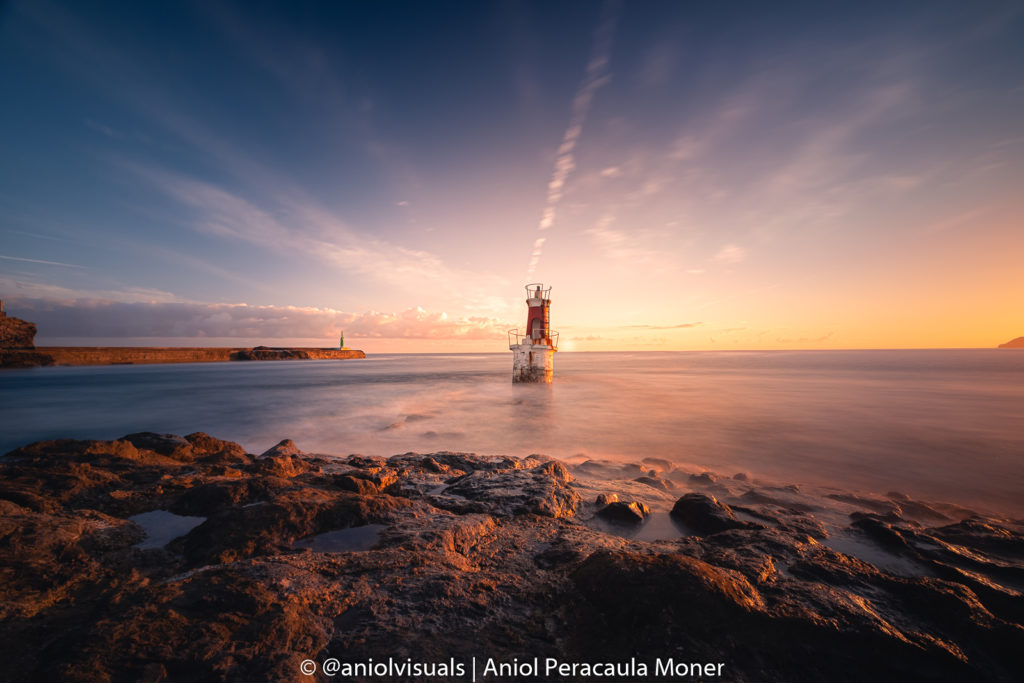
Castro de las Gaviotas
Cantabria is all about rocks and weird shapes. El Castro de las Gaviotas is another of them. With so many locations being that close to each other, sometimes you have to sacrifice a sunrise/sunset stop for another one. This is what happened with el Castro de las Gaviotas. This rock formation has been compared to an elephant standing in the middle of the sea, and it is easy to understand why. When the waves are crashing against it, it is possible to take really amazing photos.
It is not possible to get there by car (or at least not legally when I visited it). The best option would be to park the car here and walk to the beach where the rock is located. Don’t stop at the beach, and climb to the viewpoint from where the photo below was taken.

Northern Spain photography guide: Asturias
In the East of Galicia, there is Asturias. Still not very frequented by foreign tourists, Asturias has a perfect mix between nature and beautiful cities, as well as one of the most impressive mountain ranges in Spain: Picos de Europa. The coastal area is less wild than the Galician one, with plenty of beaches perfect for photography.
Lagos de Covadonga (Picos de Europa)
Lagos de Covadonga is a must-visit spot for anyone traveling to the Northern Spanish coast. Moreover, it is also perfect for photography. A set of 2 lakes surrounded by +2000m peaks, covered by snow during winter, and perfect for Milky Way photography in Summer.
Check my detailed guide of Lagos de Covadonga for complete information about how to get there and specific photography locations!
Discover Lagos de Covadonga
A complete guide to the heart of Picos de Europa. Check it here!
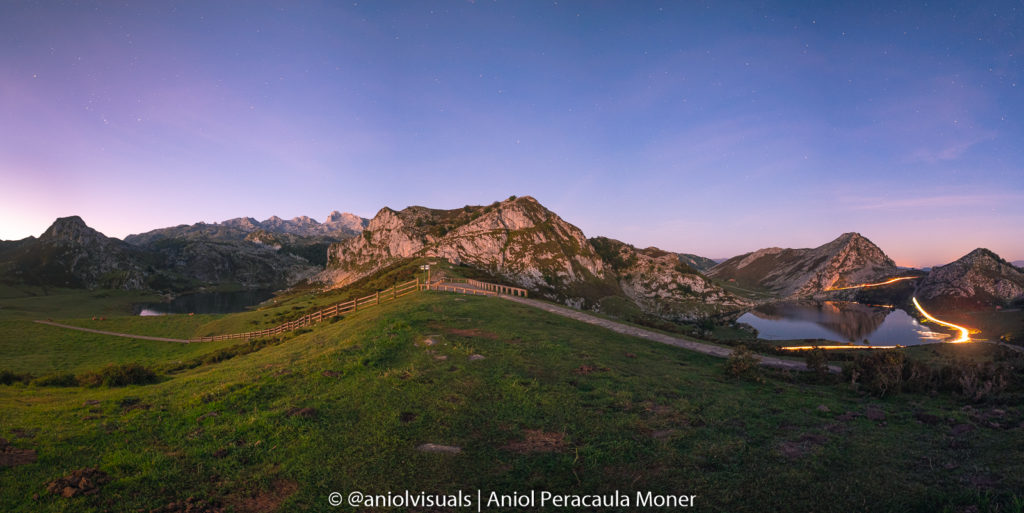
Gueirua and Silencio beach
This is a hard sunset choice. Gueirua beach and Silencio beach are at a mere 10-minute drive one from each other. Thus, unless you have a lot of time in the area, you will need to make a decision. Both of them involve hiking a bit, as this is a quite wild part of the Asturian coastline. Nonetheless, they are also very accessible and not difficult to reach.
Gueirua has some spectacular rock formations on the horizon that are very easy to composite into an image. Silencio, yet, has an impressive aerial view, a perfect semicircular beach with amazing views both from the viewpoint and from the beach itself. I chose Silencio, especially because the tide was not the best in Gueirua. Aim for low tide for better results!
No matter which one you visit both of them are amazing Northern Spain photography spots.
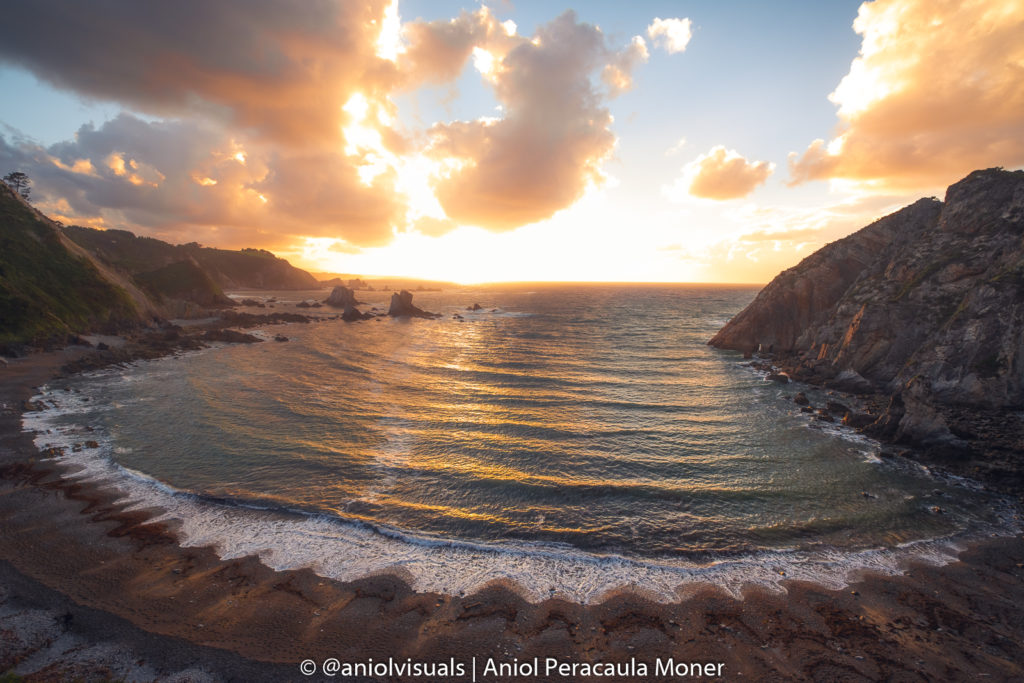
Avilés lighthouse
At a 40-minute drive from Silencio beach, there is Avilés. This city, one of the three most populated in Asturias, has a nice lighthouse (among many other things). What makes it especially interesting is how fishermen get in very risky positions to try to capture some fish. A very nice photo can be taken with both the fishermen and the lighthouse at sunset.

Bufones de Pría
Despite not having the tallest cliffs in Europe (like Galicia) does, Asturias has a natural wonder perfect to visit on a stormy day. Bufones de Pría is a natural clifftop with water fountains. The cliffs have been eroded to the point of having holes from which water emerges during huge storms, like a geyser.
On a non-stormy day, the area is still worth visiting, as the landscape is spectacular. Moreover, it is possible to actually see the holes in the rock, something that during big storms is not recommended, as can be really dangerous.
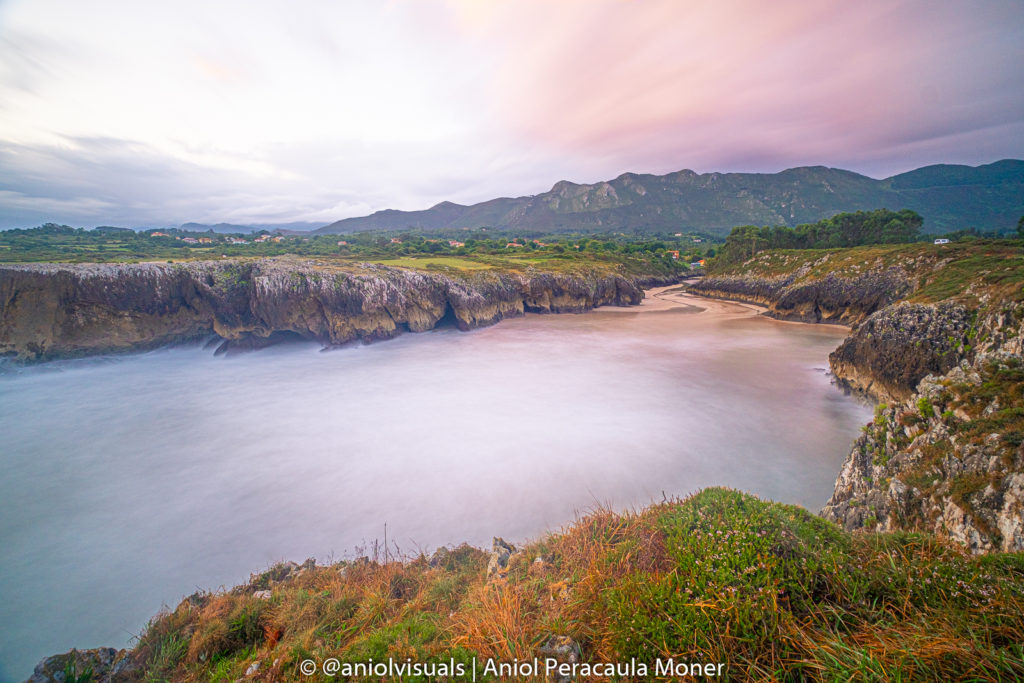
Oneta waterfalls
One of the locations that I was not expecting to find in Asturias is the Oneta waterfalls. Besides the Picos de Europa area, not many tourists explore the interior of Asturias. Yet, it has some hidden gems, such as Cascadas de Oneta. This set of multiple waterfalls is perfect for landscape photography, although challenging to find different compositions, especially during summer, as more people venture to the waterfalls.
To get to the waterfalls, you will need to hike 3km starting at this parking lot. It is a very pleasant hike, also suitable for families with children. If you want to avoid the crowds, start hiking early or wait for lunchtime. Remember, though, that lunchtime in Spain is usually at 2 pm, even 3 pm on weekends.
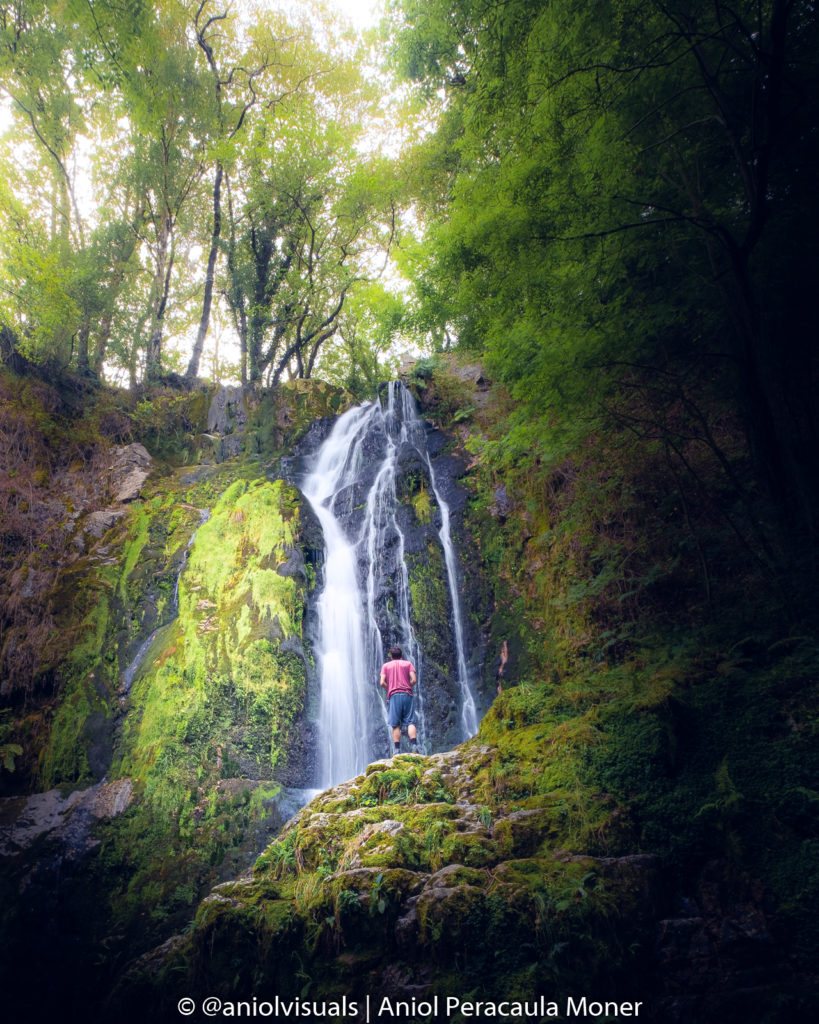
Aguilar Beach
I wouldn’t call Aguilar beach a hidden gem of Northern Spain landscape photography, but it was to me. I was not expecting to have such an amazing time shooting at this spot. Easily accessible by car, this beach has an impressive rock formation at the center that on low tide is a perfect main element for any composition.
Play with the reflections if there are some clouds. It can be a nice sunset location. Yet, it is very close to Silencio Beach and Gueirua Beach, making it not a very popular spot among photographers.
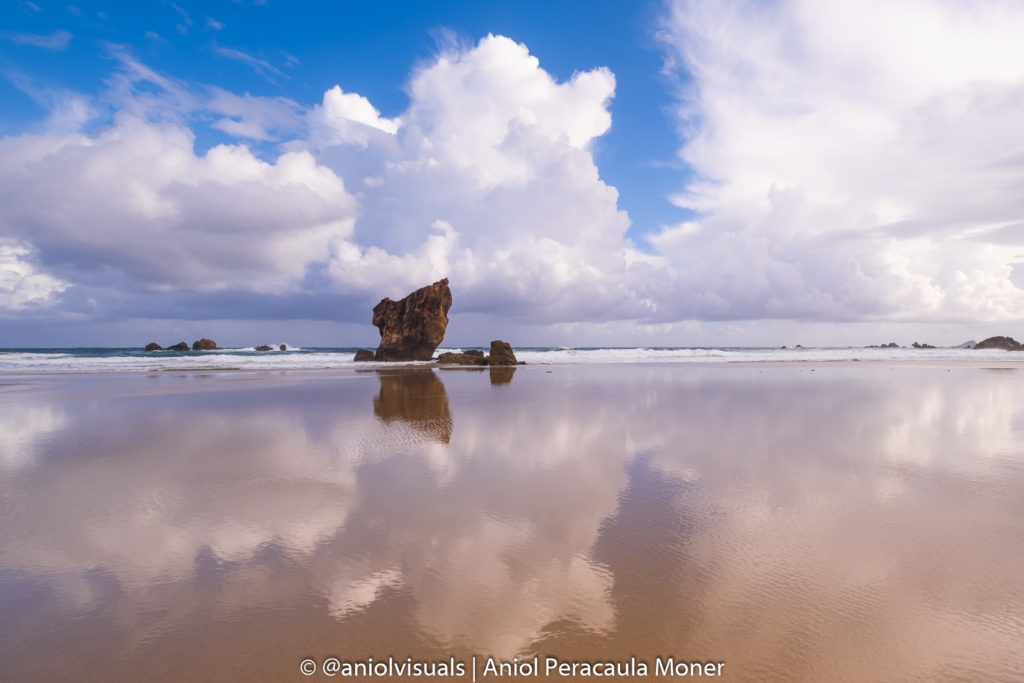
Lastres lighthouse
Lighthouses are perfect photography spots, especially in Northern Spain. Yet, there are not as many as you would expect when you get closer to the Cantabria/Basque Country area. Or at least, they are not as photogenic as I’d like. Yet, Lastres Lighthouse (also known as Cabo de Lastres Lighthouse), is an exception to this rule. This imponent modern lighthouse is at a fantastic location, and very easy to photograph. There are leading lines everywhere, and it is not a very popular spot, or at least, people do not spend a lot of time in the area.

Chorrón waterfall
This is a hidden gem of Asturias. Not mentioned in any tourist office, and quite difficult to find. This is a fantastic waterfall, close to a picnic area, and at a short hike distance from this parking lot. Between the parking and the picnic area, there is a river crossing. if you feel you can cross it with your car, then the waterfall won’t be at its best. If you need to leave the car and walk (there’s a nice wooden bridge), get your photography gear ready.
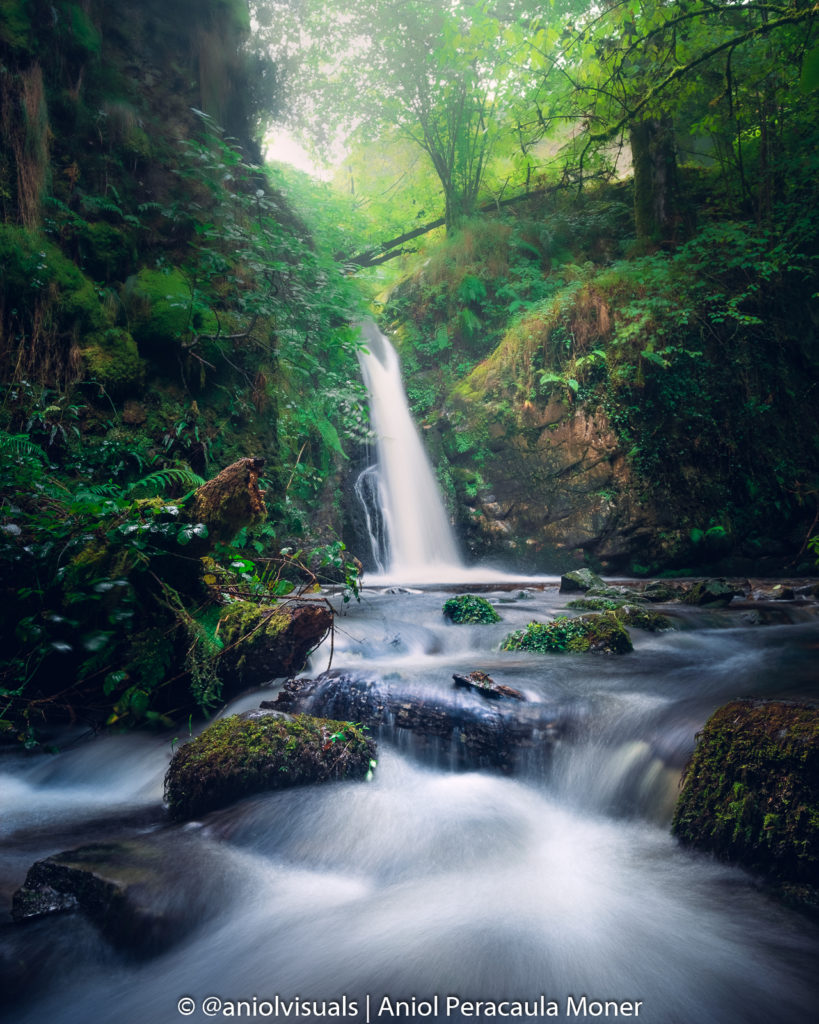
Northern Spain photography guide: Galicia
Galicia is the westernmost autonomous community of Spain. It is well known for its cold, rainy, and moody weather, and it is exactly what you can expect. Dense forests, lots of water (thus, waterfalls) and beautiful beaches, although in my opinion not the best ones for photography in Northern Spain.
Virxen do Porto
Nuestra Señora do Porto, also known as Virxen do Porto is a small white chapel. What makes it special is where it is. It is located at the top of a rock just by the sea, with a beach that surrounds it. It is usually accessible on foot, but a few times a year, during the spring tides, the island is surrounded by water. This can also happen during storms, something quite common in this area.
Shooting this island is quite challenging as well. Isolating it from the background lighthouse is complex. However, it is so unique that most photos will be shocking at first sight. Do not be discouraged if there is a lot of mist or subtle rain, it is still worth visiting!
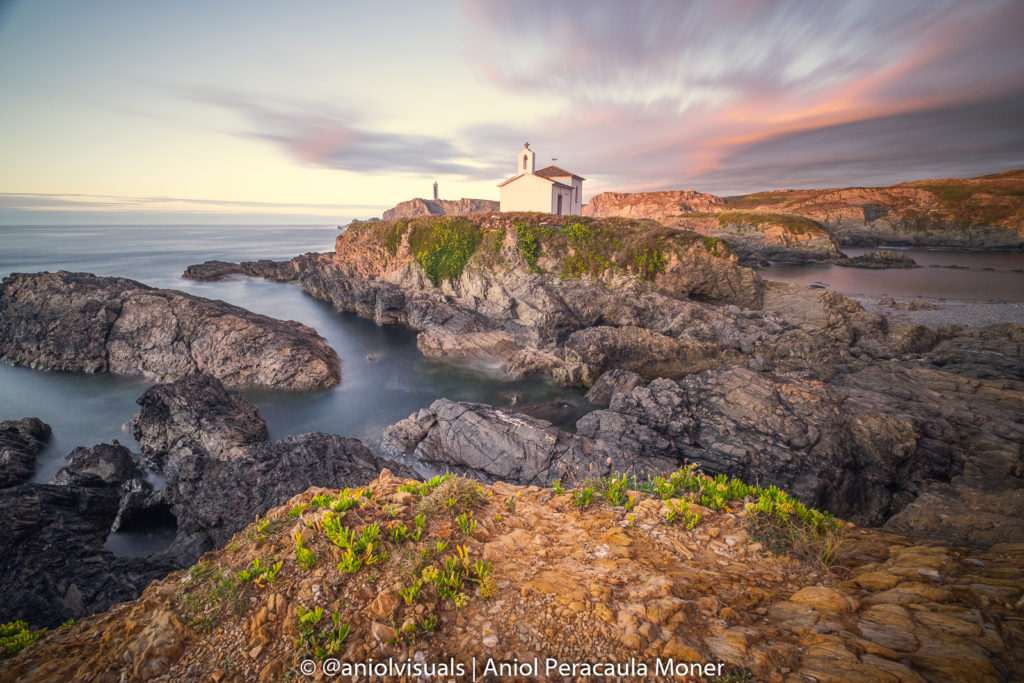
Fervenza da Narahío
One of the things that I enjoy the most shooting are waterfalls. Ideal for daytime photography, they are everywhere in Galicia. Get in Google Maps and type waterfall or the Galician word: “fervenza” to find the closest ones to your location.
My favorite one and the one depicted below is the Fervenza da Narahío. It is not the tallest one, nor the most spectacular one. What made it special for me was its location. Hidden to plain sight, but at just a 5-minute walk from the “parking” lot. In fact, it is not even a parking lot, just a place to leave your car and find the path that will get you to the waterfall. Wikiloc route here.
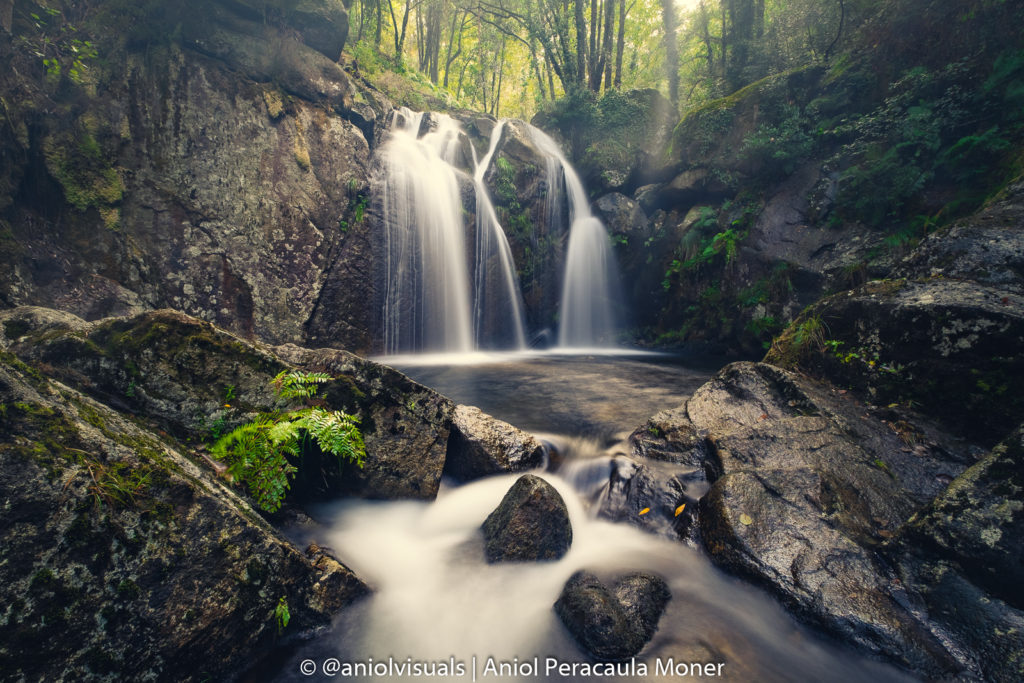
Cabo Ortegal
Lighthouses are perfect elements for photography. One of the most famous Galician lighthouses is Punta Nariga lighthouse. It is not listed here because a storm made me change my plans. Instead, I visited the Cabo Ortegal lighthouse. Its privileged location makes it a fantastic spot for sunrise, not only with the first lights of the day illuminating the structure but also with a fantastic view over the coastal area.
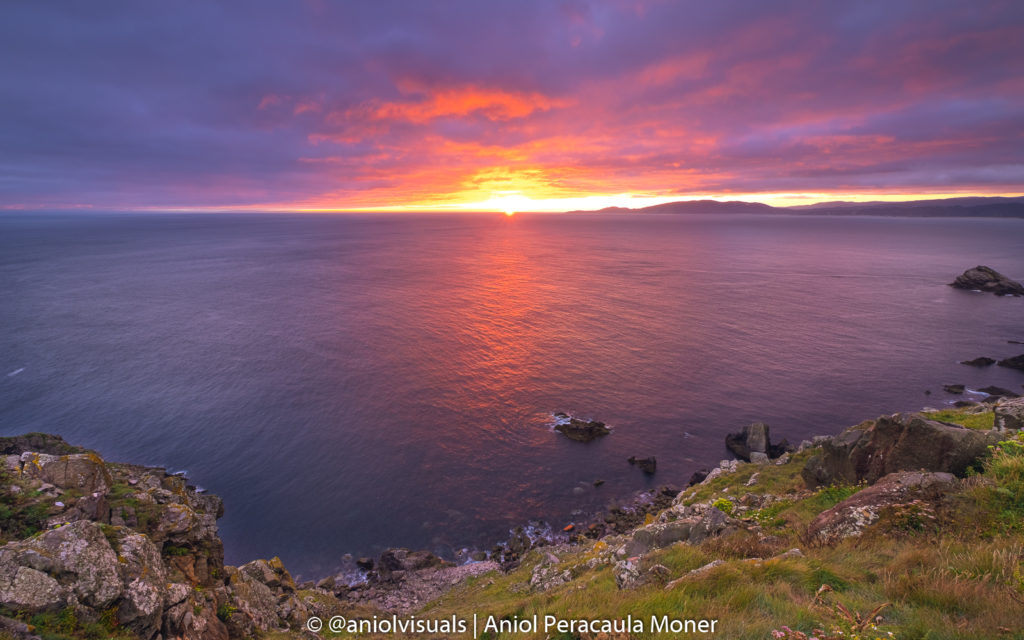
Vixia de Herbeira Cliffs
If you made it to Cabo Ortegal, on your way back take the road that ascends to the Vixia de Herbeira cliffs. These are the highest continental cliffs in Europe and are worth visiting. Unfortunately, just like in the rest of the area, fog is quite common, so the view can be compromised.
However, even with adverse weather conditions, it is a fantastic location for photography as you can see below. The foggy road below is one of the many secondary roads of the area. Moreover, check the place marked as Vixia de Herbeira in Google Maps, where there is a small rock hut from where the best views (allegedly) are.
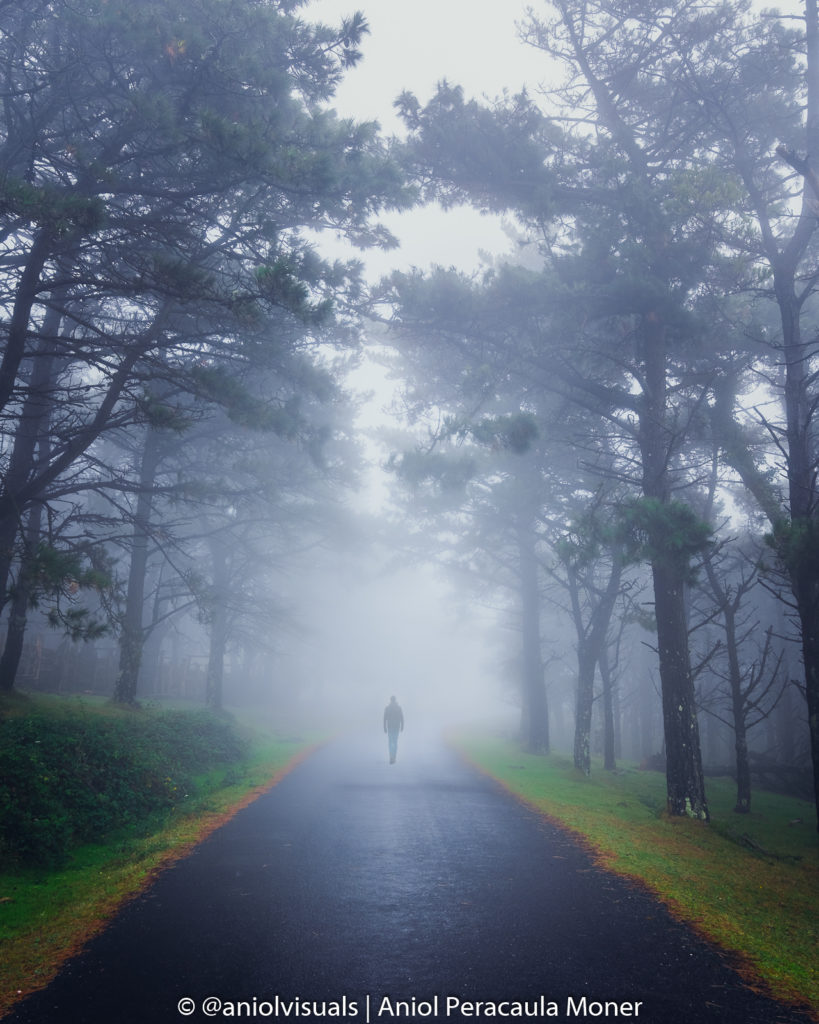
Poza da Ferida
Being such a rainy area, waterfalls are everywhere in Galicia. This is the second Galician waterfall that makes it to this list, and one that I especially enjoyed, despite being quite difficult to photograph.
It takes around 20 minutes to get to the waterfall. The path is quite frequented by tourists, but to get to the starting point of the short hike, you’ll need to take a non-paved road. The exact starting point of the hike is this one, which appears on google as “Aparcamiento Poza da Ferida”.
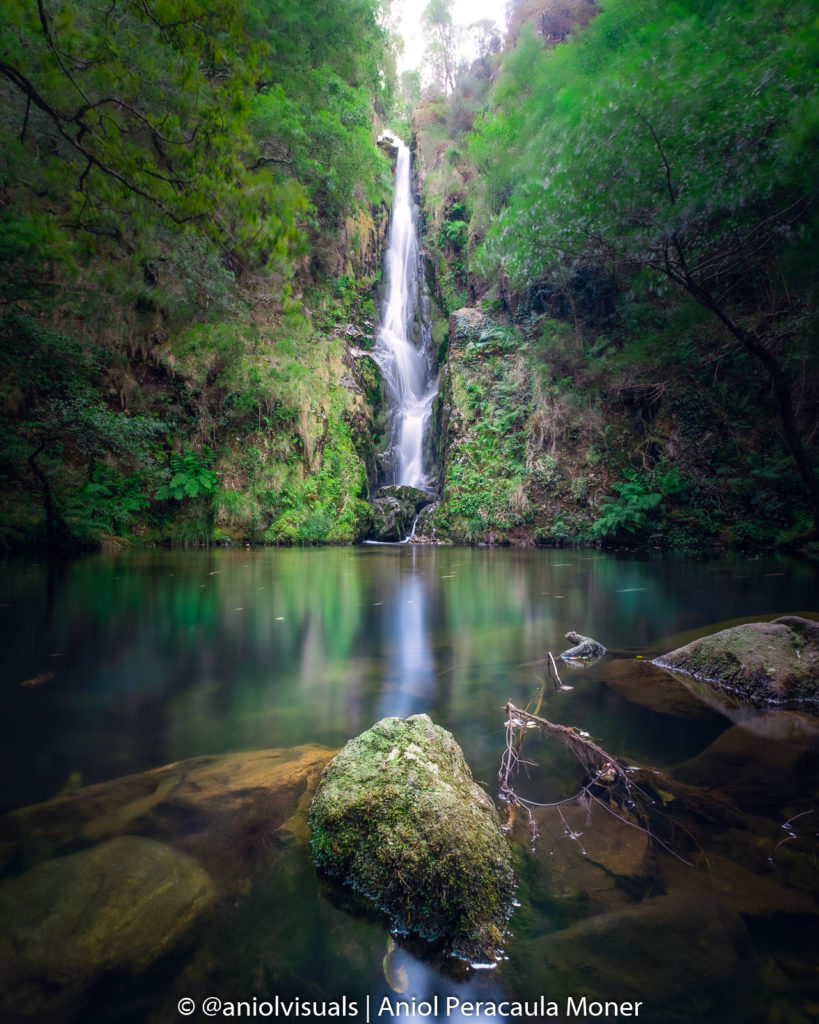
Catedrales Beach
Even if you do not like photography, you will be visiting this place. Playa de las Catedrales, Cathedrals Beach in English is one of the most beautiful beaches in Northern Spain, and in my opinion, the most beautiful one in Galicia.
Visiting it requires some planning. It is a perfect spot for sunrise and sunset photography, but what really matters is the tide. Do not attempt to visit it at high tide or during storms. Especially the latter.
Having clarified this, the second most important thing to consider is that for the past few years, you have to book your visit beforehand. Due to mass tourism, there is a limit to the number of people that can visit the beach on a single day. However, as with most locations that have these rules, no one will ask you for your ticket if you get there early in the morning or just before sunset. Yet, check the admission times just to be sure.
There are two main areas to photograph: the stone arches and the single stone door (both depicted below). The famous arches are perfect for sunrise photography, whereas the door is especially beautiful during sunset.
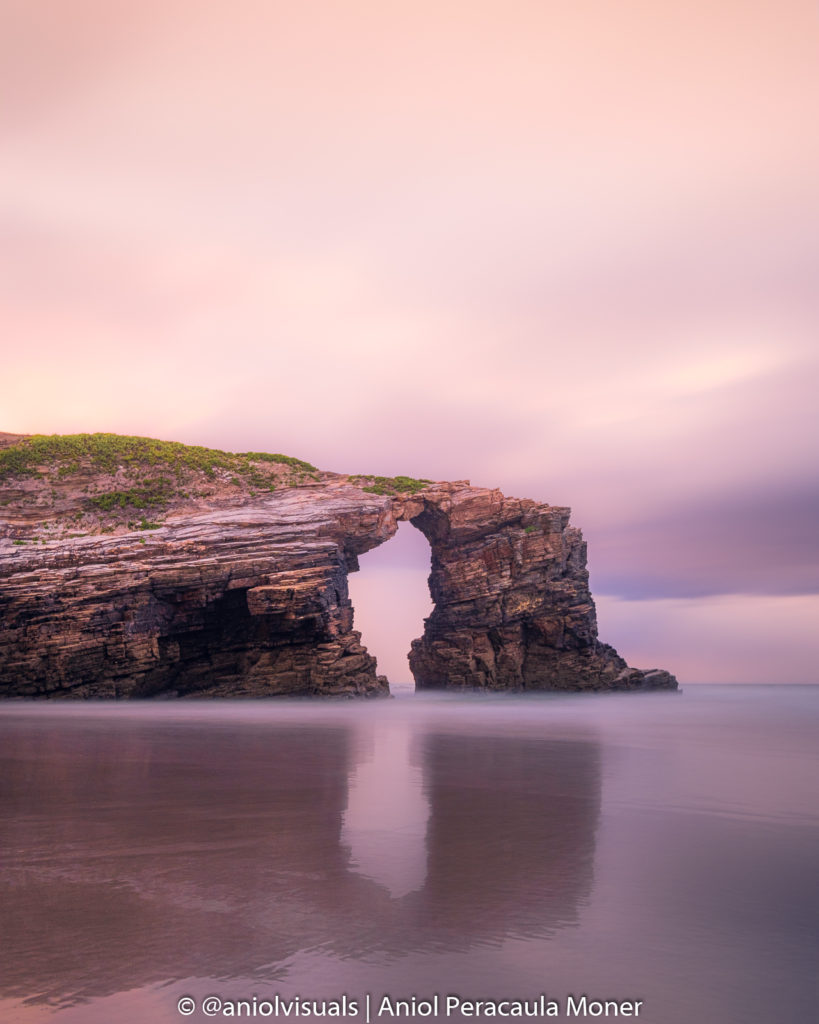
Isla Pancha
Let me close the Galicia photography locations with my favorite one: Isla Pancha was for sure the highlight of my trip to Galicia. After sleeping at Playa de Catedrales, I woke up before sunrise and drove 20 minutes to Isla Pancha. If Virxen do Porto was a unique church, this is a unique hotel.
In the middle of an island only connected by a white bridge, there is a lighthouse and a small hotel, one that all tourists have photographed. It is an easy location to shoot, but a really beautiful one. If you are lucky and have a colorful sunrise, it will be well worth the trip.
Get up early and visit during the blue hour, as the characteristic lights that lead to the hotel are turned off before sunrise.
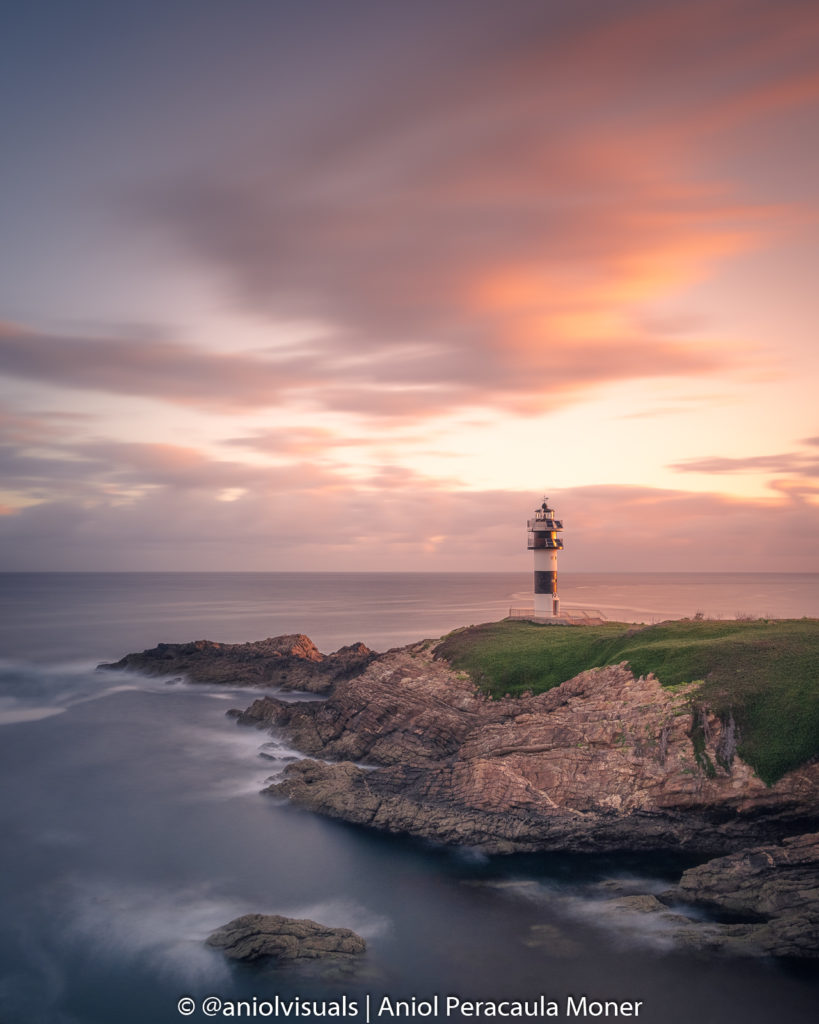
Northern Spain is a fantastic area for photography. These are some of the most iconic spots, but don’t limit yourself to them. Explore the little villages, look for unique locations, and most importantly, have fun!
If you enjoyed this photography guide or you have any questions related to any location, make sure to follow me on Instagram (@aniolvisuals) for more guides and travel vibes. For professional inquiries, send an email at hello@aniolvisuals.com.

